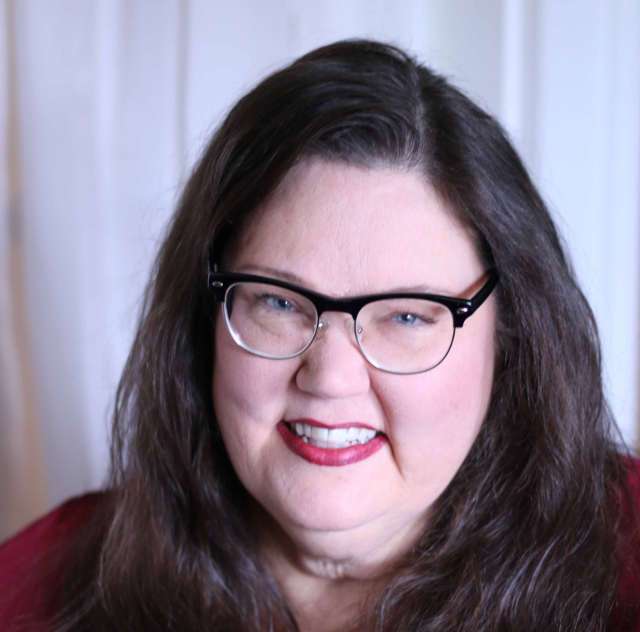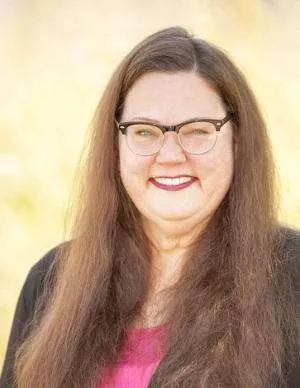Patsy Terrell
I heard a song on the radio recently that took me right back to college days, sitting on the floor of my apartment, looking at records with a friend. Yes, this was when we had vinyl and it wasn’t retro – and when I regularly sat on the floor! Researchers tell us that at around age 33 we stop looking for new music. We settle into listening to the kind of music we liked at age 16-24 for the rest of our lives. Of course this song was from that time frame, and just a few notes transported me right back to that moment.
Music is so powerful it stays with us throughout our lives. While language is stored in specific places in the brain, music lives all over the brain so as long as there’s brain function, people can access music. Near the end of my mother’s life she was still singing hymns, and that’s not unusual. It’s rather poetic that at the beginning of life, before we have language, others sing to us; at the end of life, after we’ve lost language, we sing for ourselves. It must be reassuring in both cases.
Music reaches into parts of us that nothing else can. When the brain has let go of names and places, music remains. Dementia patients often respond to music when all other means of communication have shut down. It soothes, even in the most difficult of circumstances. Slave ship captains learned that having a banjo player on board, playing the music of the homeland, meant more of their “cargo” would survive the crossing.
When I was a teenager, I desperately wanted to play the piano. My mother indulged me with lessons. Little did I know then that musical training would affect the very structure of my brain. Neuroscientists can look at brain scans and pick out those who have had music training. It is ingrained in us. It’s visceral, just like food.
The smell of certain food can put us back in our mother’s kitchen. The sight of the cake grandma always baked stirs happy memories. A friend recently asked me to make her some vegetable soup while she was recovering from an illness. I realized we all have that association with soup being comforting. And it must have hit the spot because three of us ate a pot full in about 24 hours. Maybe we were all in need of some comfort of one kind or another. It seemed the perfect, versatile recipe to share with you for this winter month.
Patsy Terrell’s home includes a piano and a guitar, both of which long for someone more skilled than her to play them. See more, including Patsy’s trick for dicing veggies easily, at cookslibrarywithpatsy.com.
Slow Cooker Vegetable Soup
1 can corn (approx. 15 oz)
1 can green beans (approx. 15 oz)
1 can green peas and carrots mixed (approx. 15 oz)
1 can kidney beans, washed (approx. 15 oz)
1 can black beans, washed (approx. 15 oz)
2-3 cans diced tomatoes (approx. 15 oz each)
1 box broth, your choice of flavor (32 oz)
3 medium potatoes, diced
1 onion, diced
4 stalks of celery, diced
½ teaspoon garlic, minced
1 teaspoon parsley
1 teaspoon oregano
Salt and pepper to taste
Mix all ingredients together, adjusting for your own tastes. You can add more or less of anything that suits you, and leave out anything you don’t want. I like a tomato-y base, but you can just use broth if you prefer. I think the kidney beans and black beans make a heartier vegetarian soup than usual. Keep it vegetarian by using vegetable broth, or add the broth of your choice for a different flavor. If you want a stew, brown some meat and add it. Cook in the slow cooker on high heat for about 4-6 hours until the flavors meld. You can also cook on top of the stove and just let it simmer slowly if you prefer. Your house will smell wonderful and you’ll have a delicious dinner! www.cookslibrarywithpatsy.com




